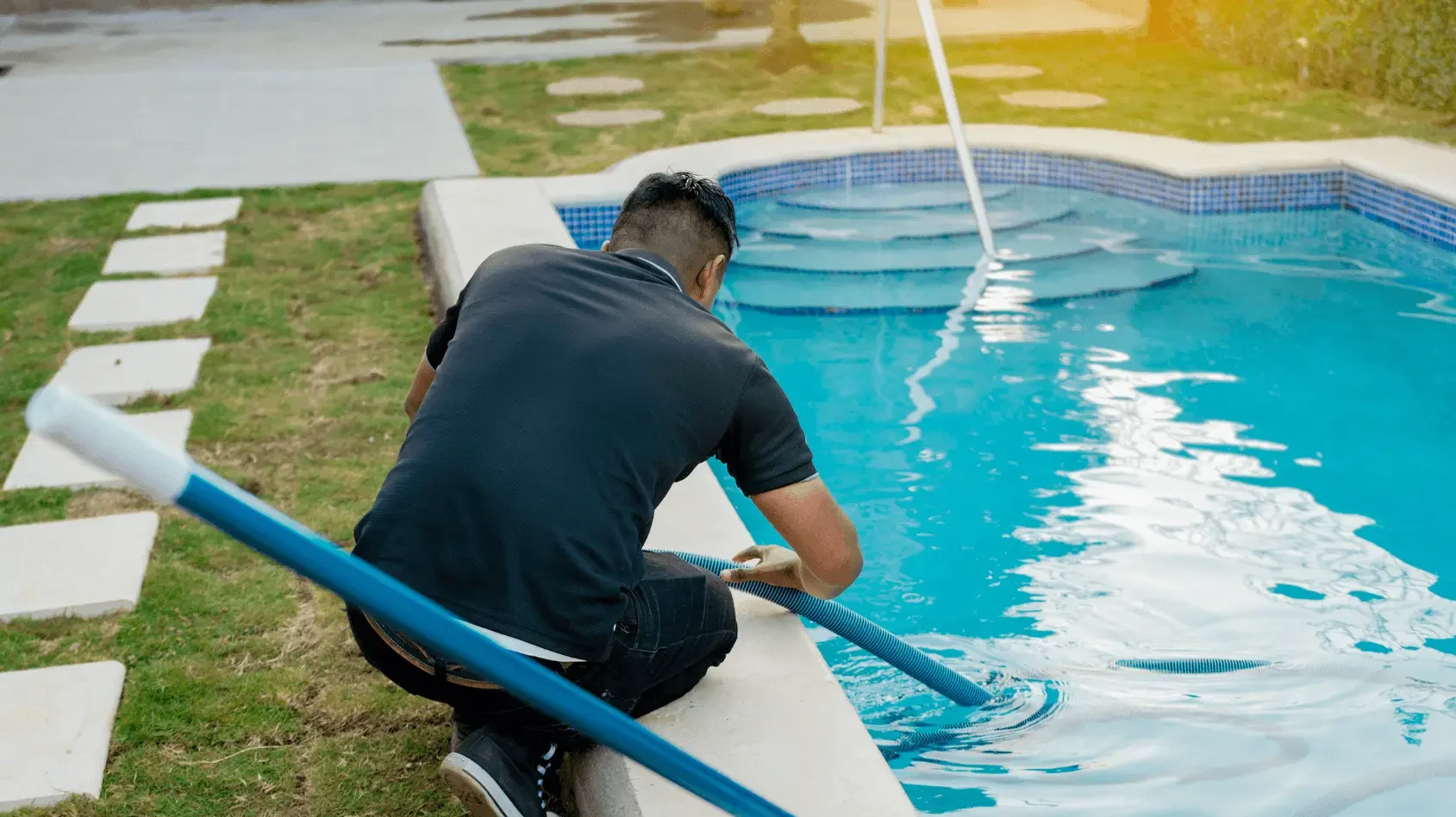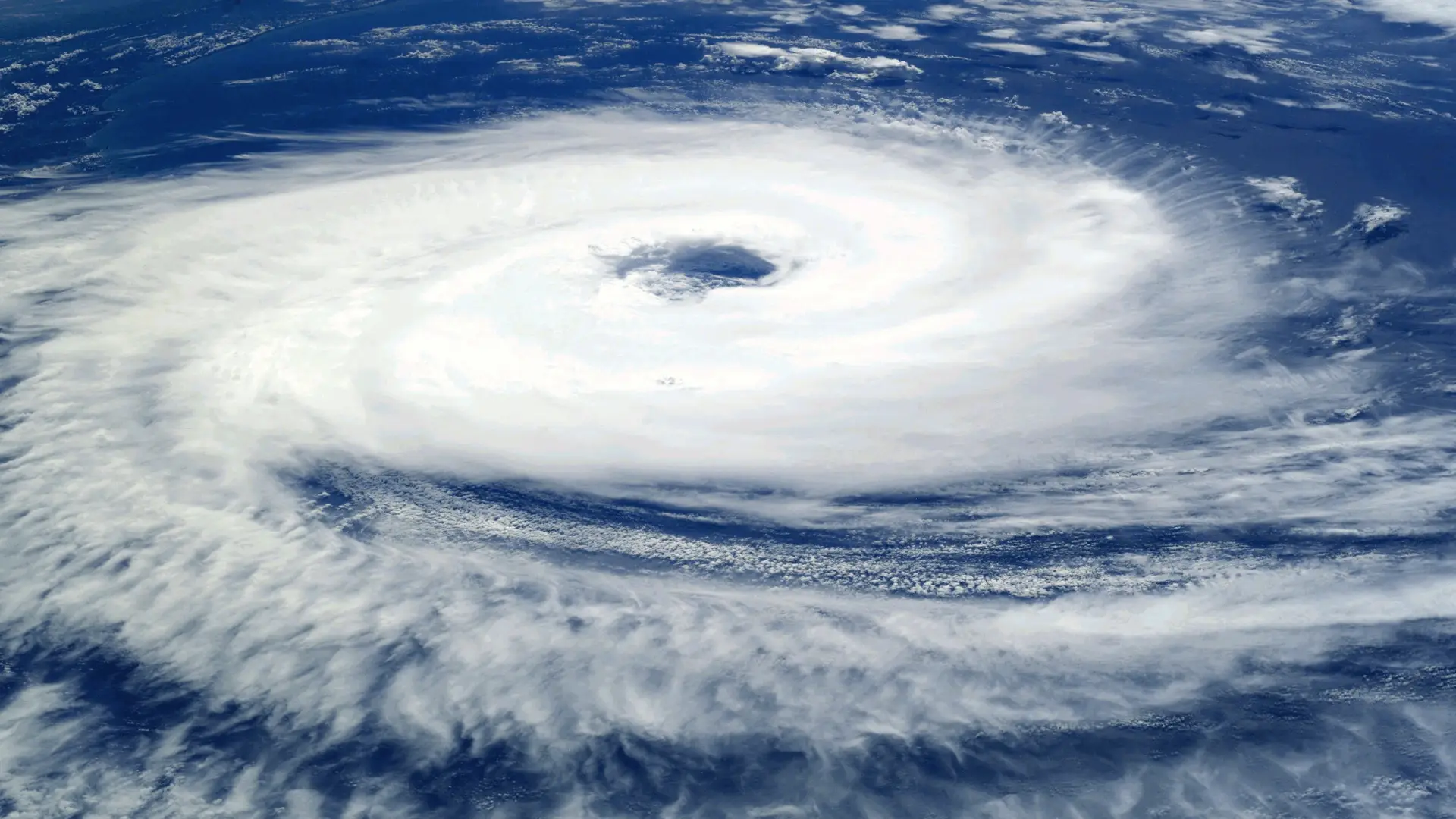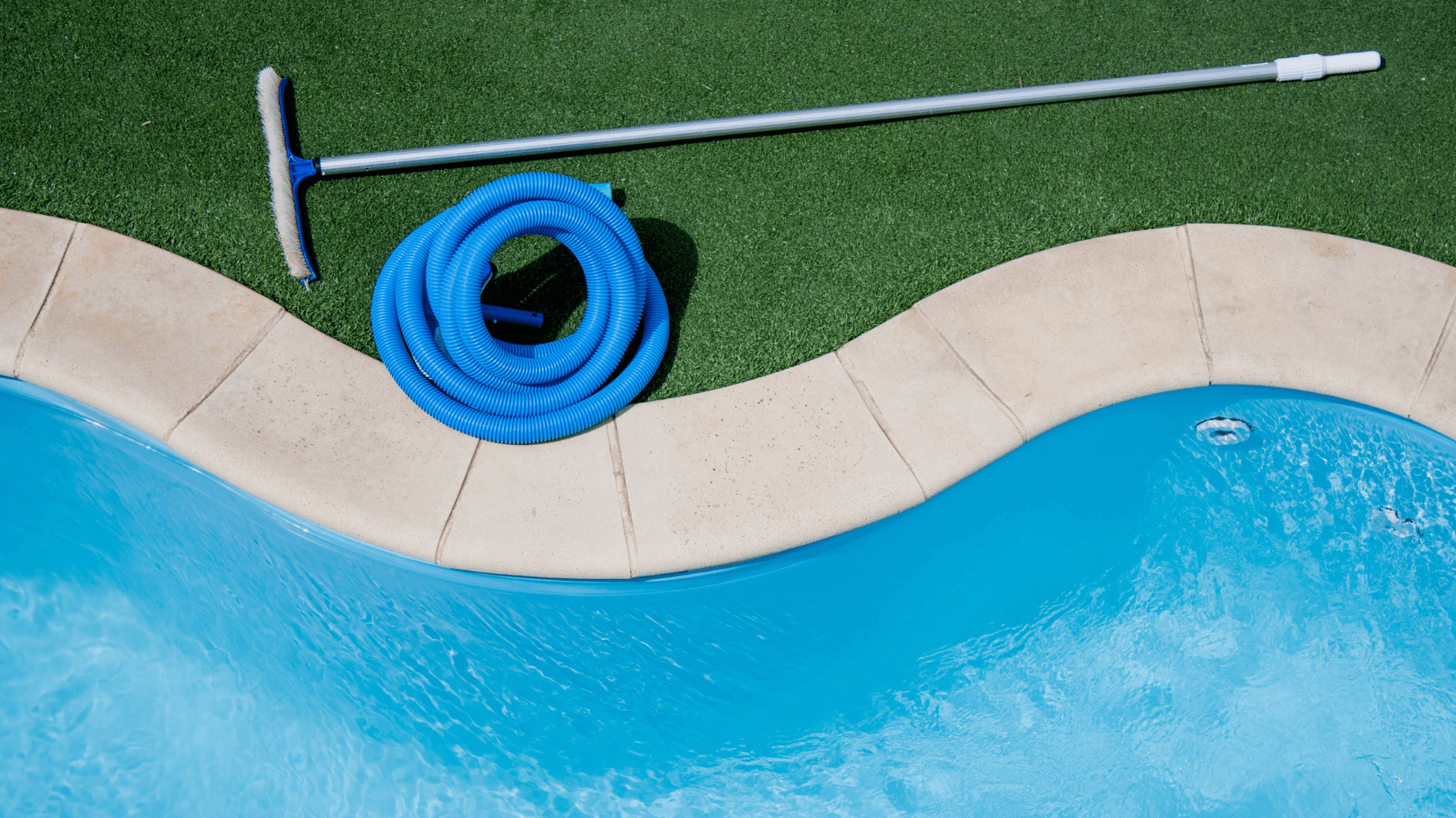As the summer heat invites people to dive into pools and enjoy water activities, it’s crucial to remember that water safety should always be a top priority. Understanding the signs of drowning and dry drowning is essential for anyone spending time in or near the water. In this blog post, we will explore these two potentially life-threatening conditions and provide you with the knowledge to identify warning signs. By being aware and proactive, you can help ensure the safety of yourself and others. Let’s dive in!
Drowning
Recognizing the Signs:
Drowning is a silent and quick process that can occur in mere minutes, making it vital to identify the signs early on. Contrary to popular belief, drowning victims do not always flail their arms or scream for help. Here are some key indicators to look out for:
a) Struggling to Stay Afloat: Drowning individuals may appear vertical in the water and struggle to keep their head above the surface. Their efforts to swim may appear weak or uncoordinated.
b) Bobbing or Hyperventilation: A drowning person may bob up and down in the water, gasping for air. They may also exhibit rapid, shallow breathing or hyperventilate.
c) Glassy or Empty Eyes: Drowning victims may have a distant, glassy-eyed stare, indicating their struggle for survival.
d) Silence: Due to their limited ability to breathe, drowning individuals often cannot call for help or make any loud vocalizations. Silence can be a clear sign of distress.
e) Weak or No Arm Movement: Drowning victims may not be able to move their arms effectively to stay afloat. They may instinctively press their arms down to try and lift their mouth above the water level.
Dry Drowning
Understanding the Risks:
Dry drowning, also known as secondary drowning, is a condition that can occur even after a person has left the water. It happens when water enters the lungs and causes inflammation, leading to breathing difficulties. Although less common than drowning, recognizing the signs of dry drowning is equally important:
a) Coughing or Gagging: Persistent or intense coughing, especially after a water-related incident, can be a sign of dry drowning. It is the body’s attempt to remove water from the airway.
b) Difficulty Breathing: Rapid or shallow breathing, wheezing, or feeling short of breath, even after leaving the water, are indicators of potential dry drowning.
c) Fatigue or Lethargy: Unexplained exhaustion or fatigue after a water-related event could be a symptom of dry drowning. It is important not to dismiss sudden and extreme tiredness.
d) Behavioral Changes: Dry drowning can cause mood swings, irritability, or changes in a person’s behavior. These changes may occur due to reduced oxygen levels in the body.
e) Bluish Skin or Lips: In some cases, dry drowning can result in a bluish tint around the lips or skin, indicating a lack of oxygen.
Immediate Actions and Seeking Medical Help
If you observe any signs of drowning or dry drowning in someone, it is crucial to act quickly and seek medical assistance. Here are some immediate steps to take:
a) Call for Help: Alert a lifeguard or call emergency services immediately. Time is of the essence in such situations.
b) Remove from Water: If it is safe to do so, remove the person from the water and place them on their side to prevent aspiration.
c) Perform CPR if Necessary: If the person is unresponsive and not breathing, start cardiopulmonary resuscitation (CPR) until professional help arrives.
d) Monitor the Person: Keep a close eye on the person’s condition
Information is the key to keeping everyone around you safe! Count on L’Acqua Azzurra Pools to take care of your pool so you can enjoy wonderful moments with your family and friends!







